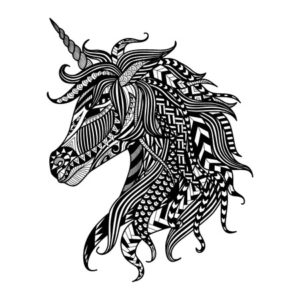Five Common Myths About Sports Hernias

Sometimes it’s easy to tell the difference between medical truths and myths, like when a distant aunt sends you an article about the latest cancer-curing berry found on sale on Amazon for an amazing $19.99. Unfortunately, all myths aren’t as easy to spot.
Sports hernias are already complex injuries, with few common symptoms. Even in the medical world, there are few experts who are skilled at diagnosing and treating inguinal disruptions, making even harder to discern fact from fiction. Information that stems from the internet or even your doctor might seem reasonable at face value, but is wrong. To prevent injuries and help speed along your recovery, let’s dispel five of the most common myths about sports hernias.
1. Sports hernia injuries only happen to professional athletes.
Usually when we hear about sports hernias, it’s because our favorite hockey player or pro athlete is receiving treatment and is sidelined for the time being. And surely such a complex injury would only happen to a professional athlete, someone that trains hard every day? Unfortunately, that’s not the case. Anyone can sustain a sports hernia injury, no matter their age, gender, activity level or amateur status. In fact, one can suffer a sports hernia simply by lifting grocery bags.
2. My primary care doctor can diagnose me.
While general practitioners may be excellent sources for advice on the flu or blood pressure, they often have little to no experience diagnosing and treating sports hernia injuries. If you think you may have a sports hernia, it’s best to seek a second opinion from an experienced specialist. Dr. William Brown has years of expertise and has treated both professional and amateur athletes for years. Often, all it takes is a phone call to our office to determine whether or not you could have sustained a sports hernia.
3. The pain will go away if I just rest for a while and ease back into my training routine.
While this may be true for many injuries, just the opposite is true for sports hernias. As the result of a deep tissue muscle tear, sports hernias require surgical repair. In fact, one of the most telling symptoms of a sports hernia is pain that fades with rest at first, but comes back even worse when an athlete returns to activity.
4. Surgery is only for extreme cases.
The idea of surgery can seem overwhelming at first, but in reality it is one of the best treatment options for sports hernia injuries. Minimally invasive surgery can quickly and efficiently repair the torn muscle and tissue. Used in conjunction with rest and physical therapy, surgery is a practical and effective choice for many patients.
5. A sports hernia means that I’m out for the season.
We know that getting a medical diagnosis with a surgical treatment can be tough to hear. No athlete wants to be told to take some time off. But a sports hernia diagnosis doesn’t mean that you’re out for the season. Working with a specialist and following a personalized recovery plan will ensure that you’re back at your peak sooner than you thought possible.
